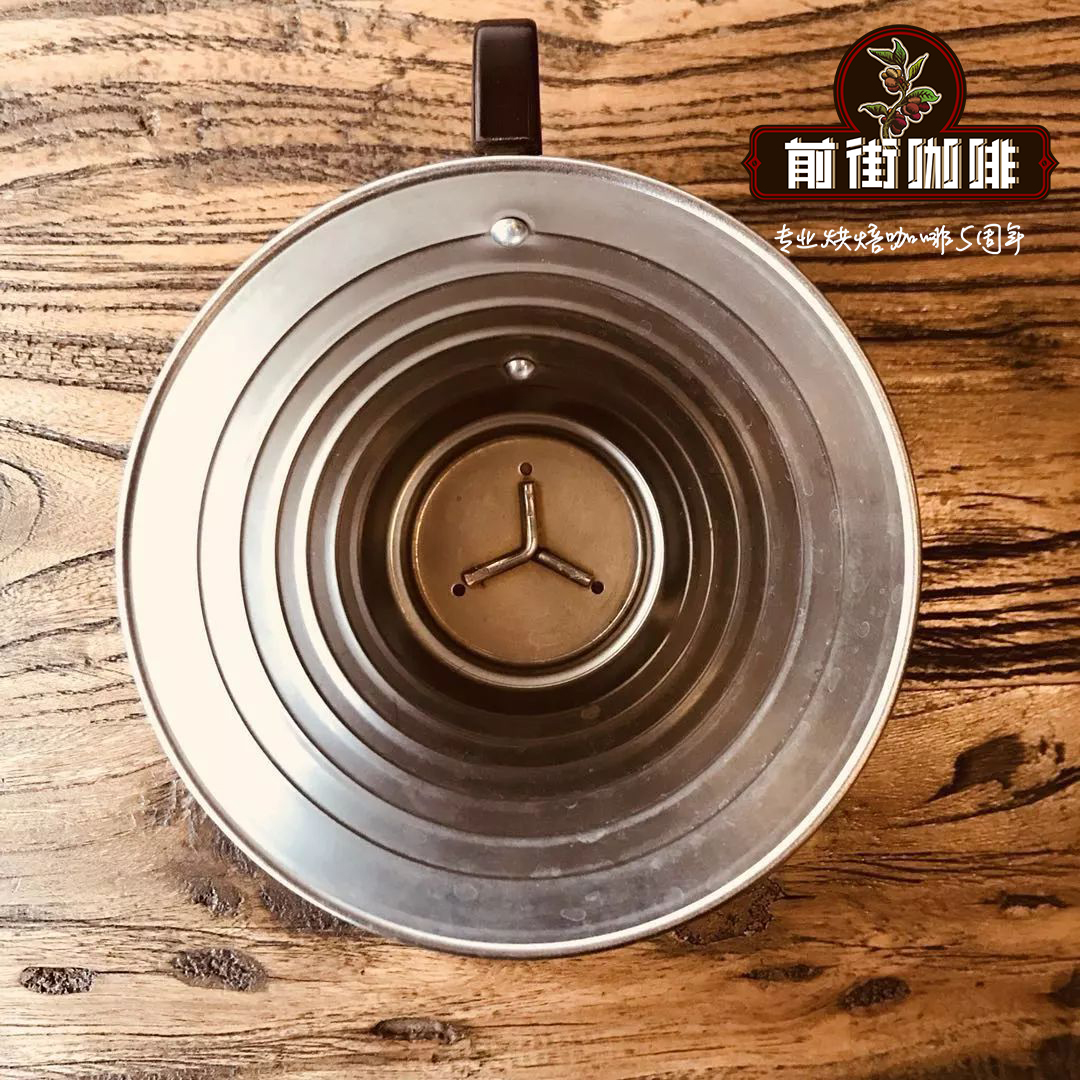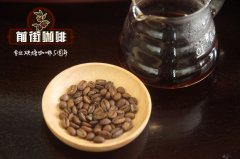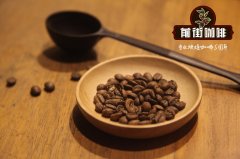Burundian Koyama Water washing Cooperative Podga Project Experimental Micro-batch low-temperature Sun-fermented Coffee beans

Professional coffee knowledge exchange More coffee bean information Please pay attention to coffee workshop (Weixin Official Accounts cafe_style)
Experimental batch Burundi coffee, slow low temperature sun fermentation, greatly increase the flavor and sweetness of coffee
Country: Burundi
Manor: Coyama Wash Manor
Soybean seed: SL28
Production area: Butaganwa
Planting altitude: 1950
Level: Three times preferred!
In Burundi, the coffee industry still faces enormous challenges. This is a very poor country, about the same as Congo, with the lowest GDP in Africa. This small landlocked country, like Rwanda, has experienced similar tribal conflicts. Unlike Rwanda, they have never reconciled. Harvesting and processing coffee with excellent flavor is a great challenge for us.
Coyama washing station was founded in 1992 and has a tradition of producing quality coffee. In the 2011 Burundi Gold Cup, Koyama won the championship; in 2010, Arusha, Tanzania, held the East African National ToH (Test of Harvest Season) competition, won the regional award. It was ranked 11th in Burundi COE in 2013 and 2nd in Burundi COE in 2015.
Burundi is a landlocked country in East Africa, bordered by Rwanda to the north, Tanzania to the east and the Republic of Congo to the west. Climatically, Burundi is regulated by the highlands and thus has a savanna climate, with annual rainfall of approximately 1,200 - 1,600. Because it is located in the western branch of the Great Rift Valley in East Africa, the whole territory is mostly plateau with an altitude of more than 1500, and the height decreases from west to east.
Between Burundi and the Republic of Congo lies a freshwater lake called Lake Tanganyika, which geologists have verified as the second deepest and second oldest lake in the world. The lake is rich in biological species, and the species living here alone account for 80% of the world's species. To the east of Lake Tanganyika, there is a ridge that rises suddenly, which is also the watershed between the Nile River and the Congo River system, because it also has the reputation of "the heart of Africa".
In the 16th century, a feudal dynasty was founded in Burundi. However, with the deepening of European hegemony, Burundi, like other African countries, could not escape the fate of colonization. After the 19th century, it was controlled by Germany and Belgium successively. After World War II it remained under Belgian trusteeship until independence was achieved in 1962. However, shortly after independence, Burundi fell into the hands of authoritarian soldiers. During this period, ethnic problems accumulated in the country for months and months. Finally, civil war broke out in 1992. Until 2002, under the mediation of the international community, the warring parties signed an armistice agreement, thus giving Burundi room for breathing and development.
In 2007 Burundi and Rwanda joined Tanzania, Kenya and Uganda as members of the East African Community, sharing common customs duties and becoming federal states with a common constitution in 2015.
Coffee production in Burundi, the main cash crop, is of great importance. After receiving assistance from the World Bank mission in the 1980s, washing equipment was introduced in Burundi to refine green coffee beans.
Teka is located in Sogestal Kirimiro, not too far from Gitega, and the neighboring coffee producing areas are Kayanza and Ngozi provinces. There is a road link to Bujumbura, the capital.
At present, coffee cultivation in Burundi is still dominated by small farmers, who send the coffee beans to the treatment plant for unified treatment, while Teka is the highest washing treatment plant in Burundi. The well-maintained environment in neighbouring areas also contributes to the "double fermented coffee" process in Burundi.
"Double Fermented Coffee" means that after removing the exocarp, the coffee beans are stored in clean water for fermentation for 18 hours, after which the processing plant will move the green coffee beans that have been fermented once to clean water for fermentation again. Clean water is therefore essential for the treatment plant in Burundi.
END
Important Notice :
前街咖啡 FrontStreet Coffee has moved to new addredd:
FrontStreet Coffee Address: 315,Donghua East Road,GuangZhou
Tel:020 38364473
- Prev

Recommendations for hand flushing of washed bourbon coffee at AA Cave Manor, Burundi. Introduction to Burundian coffee beans.
Professional coffee knowledge exchange more coffee bean information Please pay attention to Coffee Workshop (Wechat official account cafe_style) Burundi is located in eastern Africa, is a small landlocked country not near the sea, the country's land area is only 28000 square kilometers, but the people with agriculture as the main income is as high as 90%, of which coffee accounts for 80% of agriculture. It is no exaggeration that the coffee industry is here
- Next

Burundian Mbirizi Coffee processing Plant Story _ what baking degree is suitable for Burundian coffee beans?
Professional coffee knowledge exchange more coffee bean information please follow Coffee Workshop (Wechat official account cafe_style) Burundian Coffee Farm: SALUM RAMADAHN,KAYANZA washing Station: MBIRIZI altitude: 1900 meters beans seed: BOURBON treatment: washing flavor: fruity, with rhubarb and lemon balsam. Fresh cherry flavor. A long and strong afterrhyme. S
Related
- Detailed explanation of Jadeite planting Land in Panamanian Jadeite Manor introduction to the grading system of Jadeite competitive bidding, Red bid, Green bid and Rose Summer
- Story of Coffee planting in Brenka region of Costa Rica Stonehenge Manor anaerobic heavy honey treatment of flavor mouth
- What's on the barrel of Blue Mountain Coffee beans?
- Can American coffee also pull flowers? How to use hot American style to pull out a good-looking pattern?
- Can you make a cold extract with coffee beans? What is the right proportion for cold-extracted coffee formula?
- Indonesian PWN Gold Mandrine Coffee Origin Features Flavor How to Chong? Mandolin coffee is American.
- A brief introduction to the flavor characteristics of Brazilian yellow bourbon coffee beans
- What is the effect of different water quality on the flavor of cold-extracted coffee? What kind of water is best for brewing coffee?
- Why do you think of Rose Summer whenever you mention Panamanian coffee?
- Introduction to the characteristics of authentic blue mountain coffee bean producing areas? What is the CIB Coffee Authority in Jamaica?

